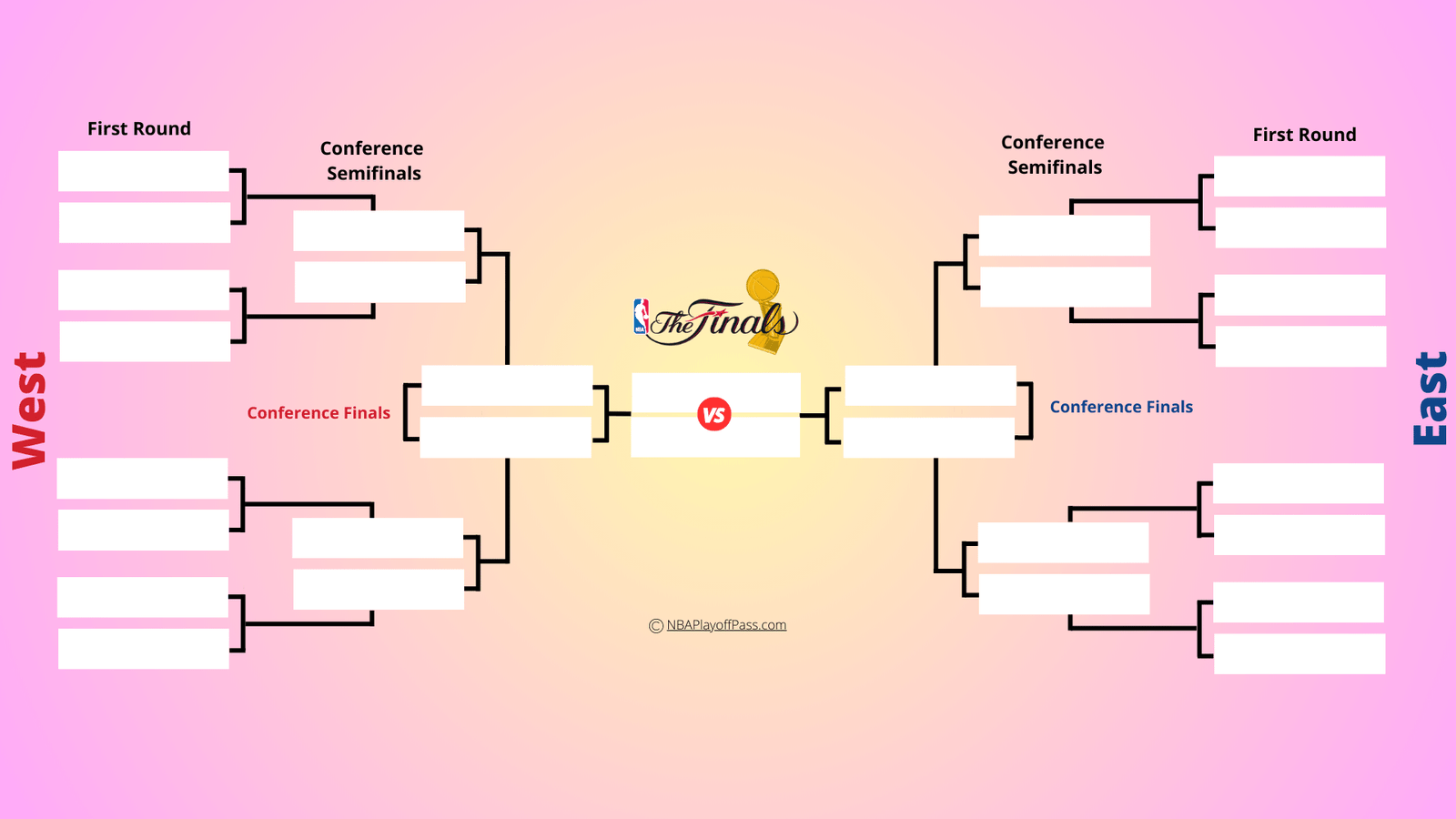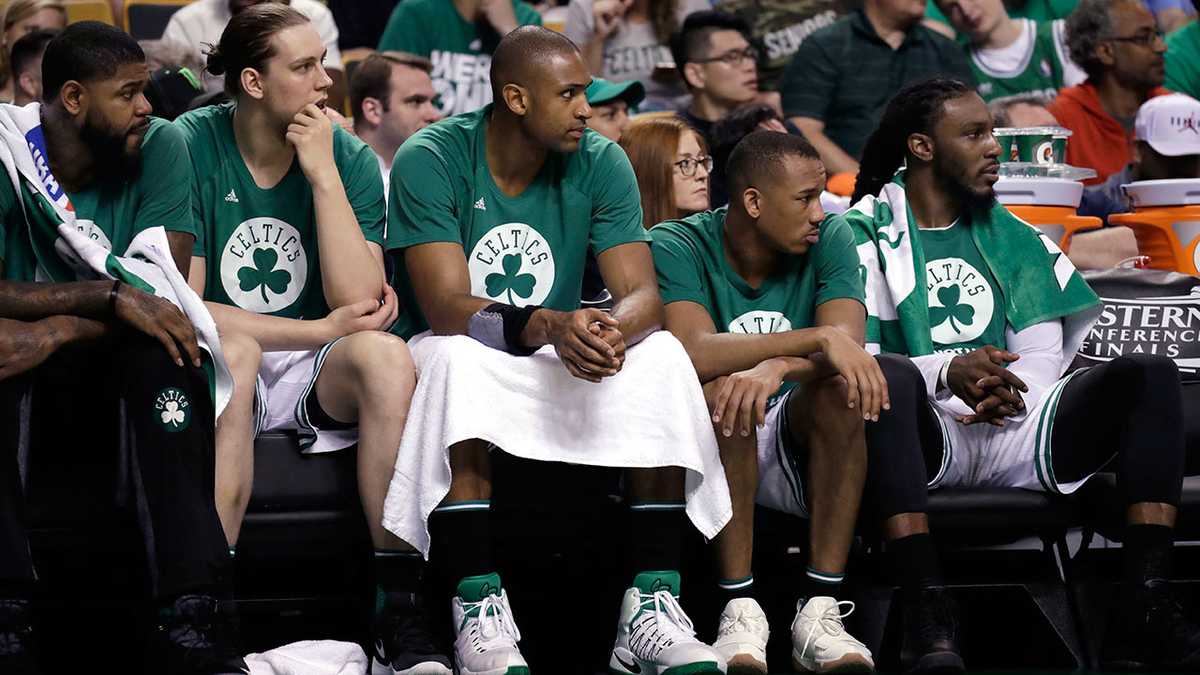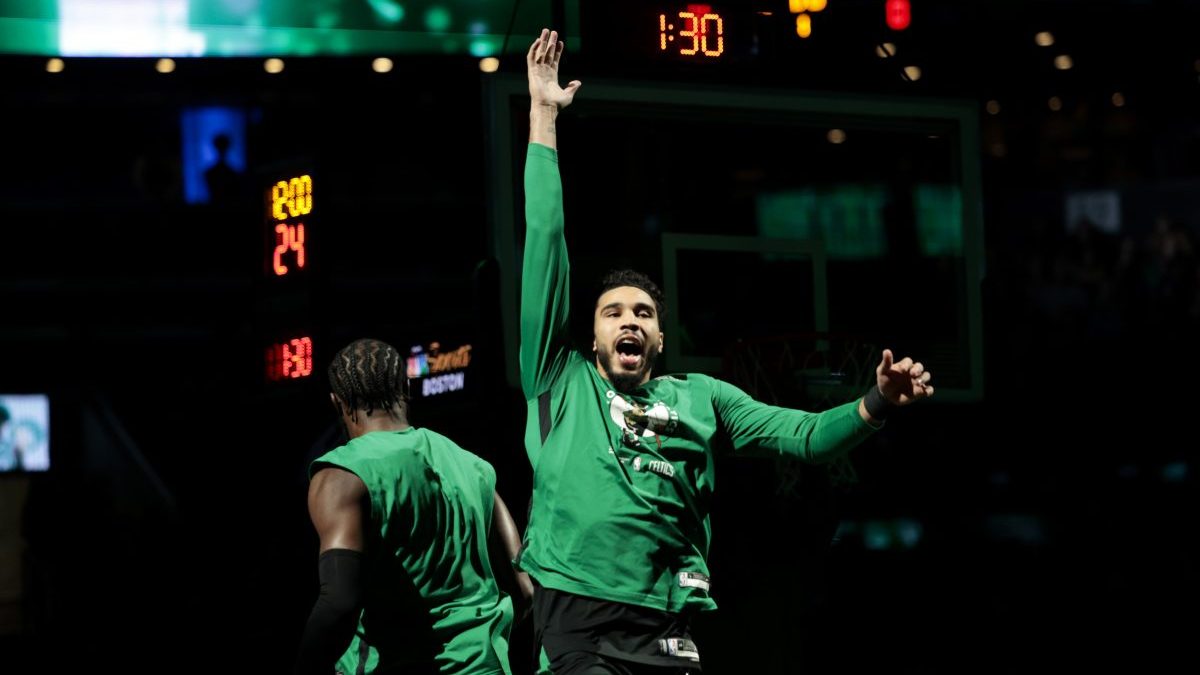Boston Celtics' Playoff Stumble: Game 1 Loss To Knicks

Table of Contents
Offensive Inefficiency: A Breakdown of the Celtics' Scoring Struggles
The Celtics' Game 1 performance was marred by significant offensive inefficiency, a stark contrast to their regular season prowess. This section will analyze the key contributing factors to their scoring woes.
Poor Shooting Percentage: A Cold Night from the Field
The Celtics' shooting percentage was abysmal, particularly from beyond the three-point arc. This cold shooting night significantly hampered their ability to score consistently.
- The team shot a dismal 35% from the field, well below their regular season average of 47%.
- Their three-point shooting was even worse, at a mere 28%, compared to their season average of 36%.
- Jayson Tatum, typically a reliable scorer, shot only 33% from the field, and Jaylen Brown’s performance was similarly underwhelming. This lack of scoring from key players drastically impacted the overall offensive output.
Turnover Issues: Fueling the Knicks' Transition Game
Excessive turnovers proved to be another major factor in the Celtics' offensive struggles. These giveaways directly fueled the Knicks' transition game, leading to easy scores.
- The Celtics committed a staggering 18 turnovers, far exceeding their season average of 13.
- These turnovers directly resulted in at least 15 Knicks points, a significant contribution to the final score.
- The high turnover rate disrupted the Celtics' offensive flow, leading to frustrating possessions and missed scoring opportunities.
Lack of Offensive Flow: Stagnant Possessions and Missed Opportunities
The Celtics struggled to establish a consistent offensive rhythm. Stagnant possessions and a lack of effective player movement resulted in numerous missed scoring opportunities.
- The team's offensive sets lacked fluidity, often leading to isolation plays that were easily defended by the Knicks.
- Poor ball movement prevented the creation of open shots, forcing contested attempts with low percentages.
- The coaching staff's strategic decisions regarding offensive play-calling also came under scrutiny following the game.
Defensive Vulnerability: Exploiting Weaknesses in the Celtics' Game Plan
The Knicks effectively exploited several weaknesses in the Celtics' defensive game plan, capitalizing on mismatches and defensive breakdowns.
Knicks' Effective Offensive Strategies: Targeting Defensive Weaknesses
The Knicks successfully targeted the Celtics' defensive vulnerabilities, using a variety of offensive strategies to consistently generate high-percentage scoring chances.
- The Knicks' pick-and-roll plays consistently exposed the Celtics' defensive rotations, resulting in easy baskets.
- Jalen Brunson’s penetration repeatedly drew fouls and created scoring opportunities for himself and his teammates.
- RJ Barrett's efficient offensive performance highlighted the defensive struggles of the Celtics' wing players.
Rebounding Battle: Domination on the Boards
The Knicks dominated the rebounding battle, securing crucial second-chance points and further exacerbating the Celtics' offensive struggles.
- The Knicks outrebounded the Celtics by a significant margin of 50-38.
- This rebounding advantage translated directly into numerous second-chance points, extending the Knicks' lead.
- The lack of effective rebounding by the Celtics' frontcourt players contributed significantly to this disparity.
Defensive Communication Breakdown: Costly Lapses
Poor communication on defense led to several costly defensive lapses, allowing the Knicks to score easily.
- Several instances of miscommunication between Celtics defenders resulted in open shots for the Knicks.
- These defensive lapses were particularly evident in the fourth quarter, when the Knicks extended their lead.
- The lack of effective defensive rotations contributed to the overall defensive inefficiency.
Looking Ahead: What the Celtics Need to Do to Bounce Back
To avoid a series collapse, the Celtics must address the critical issues highlighted in Game 1 and implement significant changes to their game plan.
Adjusting Offensive Strategies: Revamping the Offensive Approach
The Celtics need a major overhaul of their offensive approach, prioritizing improved shooting efficiency and a reduction in turnovers.
- More ball movement and less reliance on isolation plays are crucial.
- Adjusting player roles to better utilize each player's strengths is vital.
- The coaching staff needs to implement more creative offensive sets to overcome the Knicks' defense.
Strengthening Defensive Efforts: Regaining Defensive Control
Improved defensive communication, rebounding, and rotations are paramount to regaining control of the series.
- Emphasis on improved defensive communication and better rotations is necessary.
- More aggressive rebounding from the frontcourt players is crucial.
- The Celtics need to better contest shots and limit second-chance opportunities for the Knicks.
Mental Fortitude: Overcoming the Setback
The Celtics need to demonstrate mental resilience and fortitude to overcome this initial setback.
- Maintaining team morale and fostering a positive team environment is essential.
- Strong leadership from key players is necessary to instill confidence within the team.
- A focus on positive reinforcement and constructive feedback will be key for the upcoming games.
Conclusion
The Boston Celtics' Game 1 playoff loss to the Knicks was a significant upset, exposing critical offensive and defensive vulnerabilities. To avoid a series collapse and prevent further "Boston Celtics playoff losses," they must aggressively address their shooting woes, reduce turnovers, tighten their defense, improve rebounding, and demonstrate unwavering mental fortitude. Their ability to adapt and overcome this initial setback will ultimately determine the fate of their postseason run. Stay tuned for further analysis and updates on this pivotal series!

Featured Posts
-
 Nba Play In Tournament Warriors Grizzlies Matchup Breakdown
May 15, 2025
Nba Play In Tournament Warriors Grizzlies Matchup Breakdown
May 15, 2025 -
 Boston Celtics Suffer Historic Game 1 Defeat Against Knicks
May 15, 2025
Boston Celtics Suffer Historic Game 1 Defeat Against Knicks
May 15, 2025 -
 2025 Nba Playoffs Jayson Tatums Wrist Injury Update Following Magic Game
May 15, 2025
2025 Nba Playoffs Jayson Tatums Wrist Injury Update Following Magic Game
May 15, 2025 -
 La Ligas Illegal Blocking Of Encrypted Connections Cloudflares Court Challenge
May 15, 2025
La Ligas Illegal Blocking Of Encrypted Connections Cloudflares Court Challenge
May 15, 2025 -
 Burak Mavis In Akkor Davasi Avrupa Insan Haklari Mahkemesi Ve Karma Evlilik Senaryolari
May 15, 2025
Burak Mavis In Akkor Davasi Avrupa Insan Haklari Mahkemesi Ve Karma Evlilik Senaryolari
May 15, 2025
